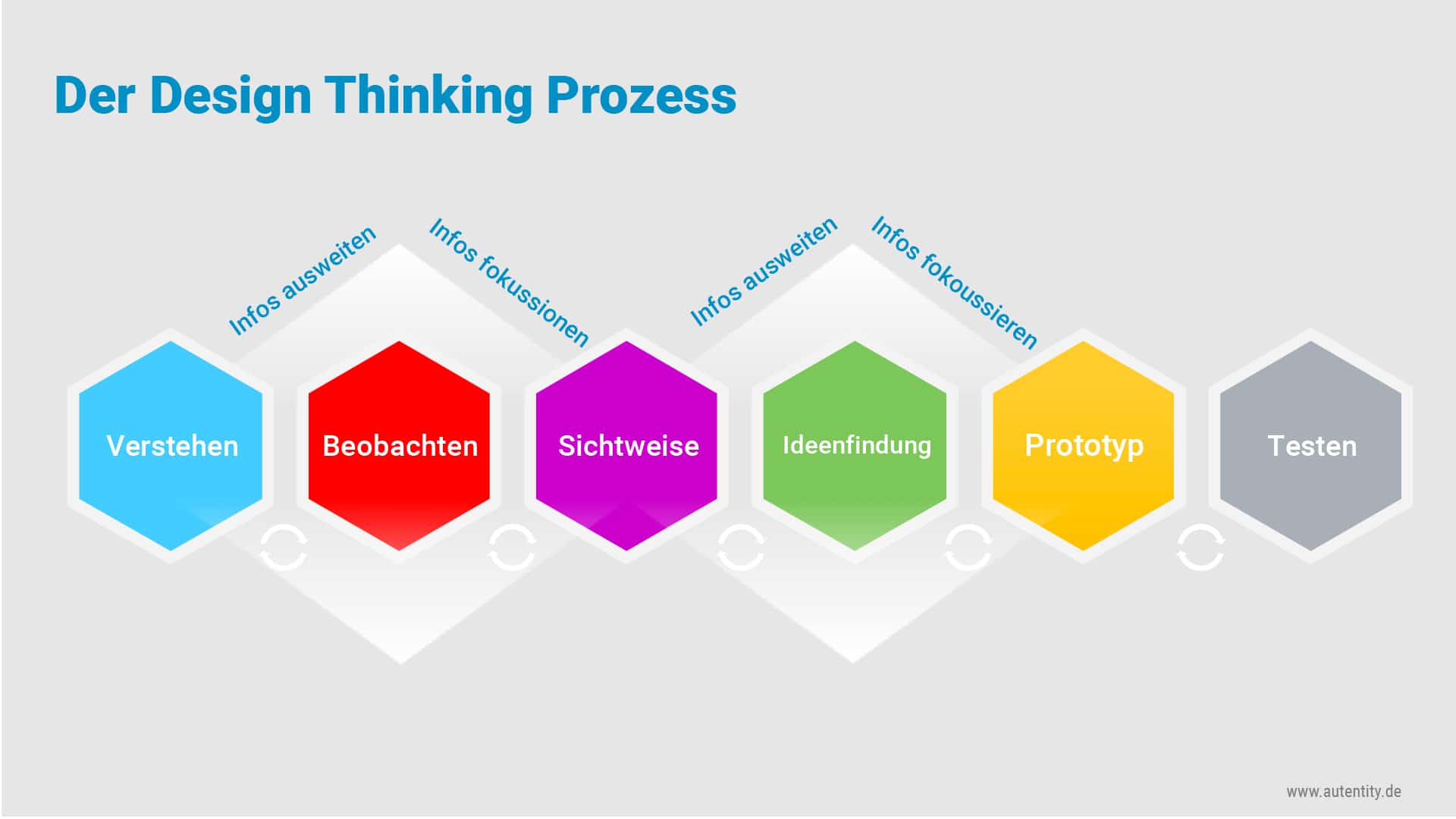 Design thinking is revolutionizing the field of enterprise SEO, bringing a user-centric approach to optimize websites and drive long-term growth. By focusing on understanding the needs and motivations of users, design thinking shifts the focus from blindly optimizing for search engines to creating value for the end user.
Design thinking is revolutionizing the field of enterprise SEO, bringing a user-centric approach to optimize websites and drive long-term growth. By focusing on understanding the needs and motivations of users, design thinking shifts the focus from blindly optimizing for search engines to creating value for the end user.
Traditionally, many SEOs have been obsessed with deciphering Google’s algorithms and staying ahead of constant updates. However, this approach only leads to short-term strategies that quickly become obsolete. Design-driven and growth-oriented SEOs understand that the real challenge is to understand the user and provide innovative solutions to their problems.
The design thinking process involves five stages: empathize, define, ideate, prototype, and test. Empathy is all about understanding the users’ needs, behaviors, and motivations. By creating personas and identifying user segments, businesses can tailor their SEO strategies to meet the needs of specific audiences.
Defining SEO problems and goals based on user insights is the next step. This involves understanding how users signal their intent through searches, browsing patterns, and types of content viewed. By creating a coherent content mapping, businesses can provide the right mix of relevant content to address users’ overarching needs.
Ideation is a collaborative process that involves brainstorming creative SEO strategies and solutions. This stage brings together analysts, designers, tech experts, marketers, and product managers to generate wild ideas and envision possible future states. It is important to ground the discussion in reality by considering resourcing and tech constraints, as well as immediate business priorities.
The prototype stage is where proof-of-concepts (POCs) are developed to test and validate ideas. Simple, fast, and low-lift POCs can help refine selected approaches and validate assumptions. Finally, the solutions are evaluated through multiple tests using qualitative and quantitative data. User-facing SEO changes should involve a two-part testing process: a limited rollout to understand the impact on user experience and conversion, followed by an SEO test rolled out to a small portion of the site to assess the impact on SEO performance.
To effectively implement design thinking in enterprise SEO, cross-functional teams are essential. When SEOs work in isolation, they often deliver mediocre strategies and are at risk of Google penalties. By working as part of a larger design-oriented team, SEOs can ensure shared ownership of outcomes and the development of user-centric and SEO-friendly products. Key roles that require SEO training include product managers, UX/UI designers, developers, content strategists, data analysts, and QA engineers.
Design thinking can be applied to various aspects of enterprise SEO, such as building a header navigation for an ecommerce site. By using design thinking principles, SEO experts can identify the problem, propose solutions, and ensure that the implementation process is user-centric and effective.
In conclusion, design thinking is transforming the field of enterprise SEO by promoting collaboration, focusing on user needs, and aligning SEO efforts with business goals. By adopting this approach, businesses can create sustainable and user-friendly SEO strategies that drive long-term growth.
